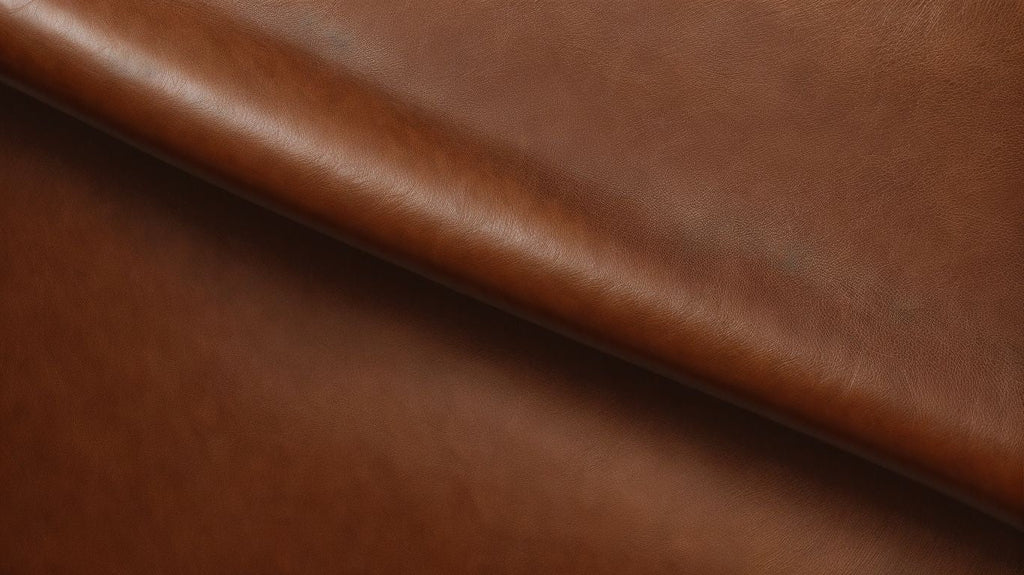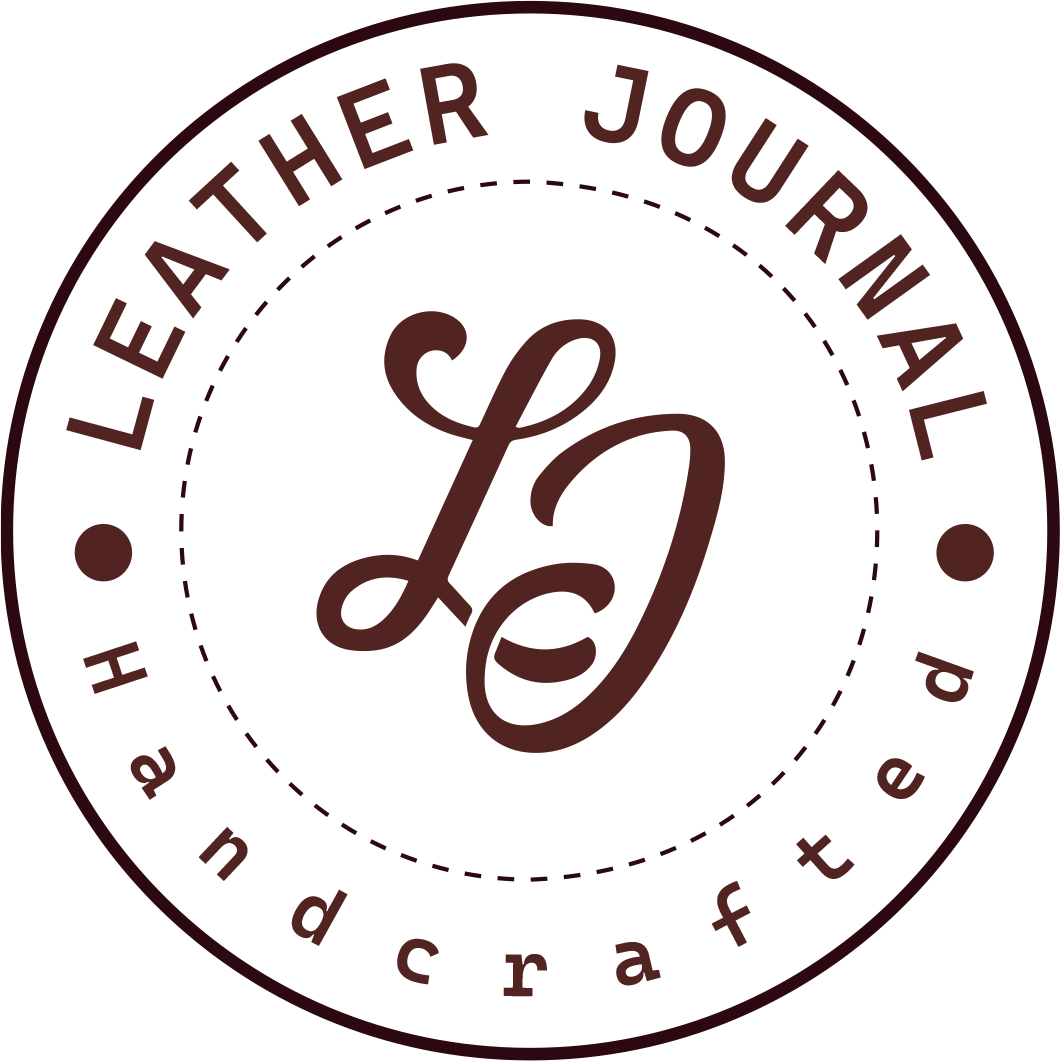How To Clean Sticky Leather?
Why Does Leather Get Sticky?
Leather can become sticky for a few reasons, such as the breakdown of its protective coating, exposure to high humidity, or improper cleaning. Additionally, the accumulation of body oils and sweat can also contribute to the stickiness. For example, a friend purchased a leather jacket that began to feel sticky after a few months of humid weather. Fortunately, regular cleaning and conditioning helped to restore its original texture.
What Causes Sticky Feel on Leather?
The sticky feel on leather can be caused by a number of factors, including:
- High humidity
- Exposure to direct sunlight
- The use of unsuitable cleaning products
Excessive humidity can cause the leather's finish to deteriorate, resulting in a sticky texture. Direct sunlight can also contribute to the degradation of the leather. Additionally, using cleaning products that are not designed for leather can leave behind residues that create a sticky feel on the surface.
How to Remove Sticky Residue from Leather?

Have you ever encountered a sticky residue on your leather items that just won't seem to go away? Don't worry, you're not alone. In this section, we will discuss various methods for removing that pesky sticky feel from leather. From simple soap and water to more unconventional solutions like vinegar and lemon juice, we'll cover all the options and help you find the best way to clean and restore your leather items to their former glory.
1. Using Soap and Water
- Begin by filling a bowl with warm water and adding a few drops of mild liquid soap.
- Next, dip a soft, clean cloth into the soapy water and wring out any excess liquid.
- Gently wipe the sticky leather surface with the damp cloth, being careful not to oversaturate the leather.
- Use a second clean, damp cloth to wipe off any remaining soap residue.
- Allow the leather to air dry completely before using.
Be sure to test the soap and water solution on a small, inconspicuous area of the leather before using it on the entire surface to avoid any potential damage.
No, your leather won't smell like a salad after using this solution - but it will be sticky-free!
2. Using Vinegar Solution
- Prepare the solution: Mix equal parts of water and white vinegar in a bowl.
- Apply the vinegar solution: Dampen a clean cloth in the vinegar solution and gently wipe the sticky leather surface.
- Dry the leather: Allow the leather to air dry thoroughly before using it again.
When cleaning sticky leather with the vinegar solution, be sure to perform a patch test in an inconspicuous area first to avoid any adverse effects on the leather.
3. Using Rubbing Alcohol
- Gently dab a cloth or cotton ball in rubbing alcohol.
- Blot the sticky area with the rubbing alcohol-soaked cloth or cotton ball.
- Continue blotting until the stickiness is removed.
- Allow the leather to air dry completely.
In the tenth century, alcohol was first recorded being used as a medicinal disinfectant by the Persian polymath, Rhazes. He utilized alcohol to clean medical instruments, paving the way for its diverse applications beyond medicine.
When life gives you sticky leather, make lemon juice solutions.
4. Using Lemon Juice
When using lemon juice to remove the sticky feel from leather, follow these steps:
- Apply fresh lemon juice on a clean cloth and gently rub it onto the affected area.
- Let the lemon juice sit on the leather for a few minutes to penetrate the stickiness.
- Wipe off the lemon juice with a damp cloth.
- Allow the leather to air dry completely.
The practice of using lemon juice for cleaning and disinfecting dates back to ancient Egypt and Greece, as both civilizations were aware of its natural antibacterial properties.
When soap and vinegar just won't cut it, it's time to bring in the big guns: commercial leather cleaner. Just like hiring a professional hitman for those tough stains.
5. Using Commercial Leather Cleaner
- Read the instructions provided by the manufacturer to understand the proper usage and suitability of the commercial leather cleaner.
- Using a soft cloth, gently rub the cleaner onto the sticky areas of the leather.
- Allow the cleaner to sit on the leather for the recommended time as stated in the product instructions.
- Use a clean, damp cloth to wipe off any residue left by the cleaner on the leather.
- Finish by conditioning the leather to preserve its softness and shine.
How to Prevent Sticky Feel on Leather?
If you own leather products, you know how frustrating it can be when they start to feel sticky. Not only does it make them unpleasant to touch, but it can also damage the leather over time. In this section, we will discuss how to prevent sticky feel on leather by implementing simple maintenance practices. From regular cleaning and conditioning to avoiding heat and sun exposure, as well as proper storage, we’ll cover all the necessary steps to keep your leather items looking and feeling their best.
1. Regular Cleaning and Conditioning
To maintain the quality of leather, it is important to regularly clean and condition it:
- Gently wipe the leather with a damp cloth to remove any surface dust and dirt.
- Using a soft, clean cloth, apply a leather conditioner according to the product's instructions.
- Allow the conditioner to penetrate and moisturize the leather, then use a dry cloth to buff away any excess.
Fact: By regularly cleaning and conditioning leather products, their lifespan can be significantly extended.
2. Avoiding Heat and Sun Exposure
- Avoid direct sunlight: Keep leather items away from direct sunlight to prevent heat damage and fading.
- Use window coverings: Install blinds or curtains to shield leather furniture and accessories from intense sunlight.
- Control temperature: Maintain a cool, consistent room temperature to avoid heat-related stickiness on leather.
3. Storing Leather Properly
- To properly store leather items, keep them in a cool and dry place to prevent the growth of mold and mildew.
- Avoid using plastic bags or covers to store leather, as it needs to breathe.
- When stuffing bags or purses, use acid-free tissue paper to help them maintain their shape.
- For leather garments, it is best to hang them on wide, padded hangers to preserve their natural shape.
What Are the Alternative Solutions for Sticky Leather?
Sticky leather can be a frustrating and unsightly problem, but there are alternative solutions that can help restore your leather items to their former glory. In this section, we will discuss three different methods for cleaning sticky leather: using talcum powder, cornstarch, and baking soda. Each method offers a unique approach to removing stickiness and can be easily done at home with minimal supplies. Let's dive into the details of each method and find the best solution for your sticky leather woes.
1. Using Talcum Powder
When dealing with sticky leather, using talcum powder can effectively absorb the stickiness and restore the leather's texture.
- Clean the leather surface to remove any dirt or grime.
- Apply a generous amount of talcum powder to the affected area.
- Gently rub the talcum powder into the leather and let it sit for several hours or overnight.
- Use a soft brush to remove the talcum powder residue from the leather.
- Repeat the process if necessary until the stickiness is completely gone.
A true story recounts how a vintage leather jacket was saved from stickiness by using talcum powder and gently brushing off the residue, restoring it to its former glory.
2. Using Cornstarch
- Sprinkle cornstarch generously over the sticky area of the leather.
- Leave the cornstarch on the leather for several hours to allow it to absorb the stickiness.
- After a few hours, use a soft brush or cloth to wipe away the cornstarch and the sticky residue.
- If necessary, repeat the process until the sticky feeling is completely removed.
3. Using Baking Soda
- Create a mixture by combining equal parts of water and baking soda.
- Gently apply the baking soda mixture onto the sticky leather surface.
- Allow the mixture to sit for a few hours to absorb the stickiness.
- Afterward, use a clean, damp cloth to wipe off the baking soda mixture.
- Repeat the process if needed to completely remove the sticky feel from the leather.




















